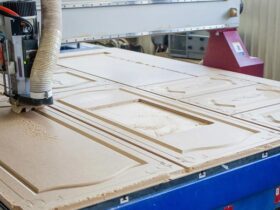It is difficult to imagine repairs or construction without sawing anything. Everything is sawn: wood, laminate, metal, concrete, with the help of various types of manual disc saws, industrial circular saws, end saws and also on various machines (turning, carpentry).
Most of the success in the process of sawing depends on the consumable material – saw discs, on their quality, thickness and shape of the teeth.
So, saw wooden wheels have many options for teeth, depending on what exactly will be sawed – whether it is a tree, or wood with nails, chipboard, parquet or laminate. A variable sawing tooth is universal when sawing soft or solid wood, as well as coating panels, while a straight tooth in a saw disk is advisable to use with a rough cut of wood and chipboard. And if the work is carried out with valuable wood varieties, for example, by restorers or furniture, then you can not do without a “thin” saw disk or “thin+disc”.
Manufacturers of consumables for sawing tools and machines are in constant scientific search – how to increase the accuracy of the saw, reduce the load on a person, which discs to saw new materials. New technologies make it possible to produce ultra -strength saw discs, and this, in turn, makes it possible to increase the time of the disks service, the quality and accuracy of the cuts.
A beginner who almost the first time picked up a saw is very difficult to understand the whole variety of saw disks. However, manufacturers took care of this, developing an affordable marking, which is indicated on each package.
Professionals who use replaceable saw discs every day can determine “offhand” by the shape and thickness of the teeth for what work this or that sawing disk can be suitable. However, if you doubt the correct choice, it is better to consult with a specialist, t. To. With the wrong choice of saw discs, it is possible to spoil not only the tool, but also expensive material.








